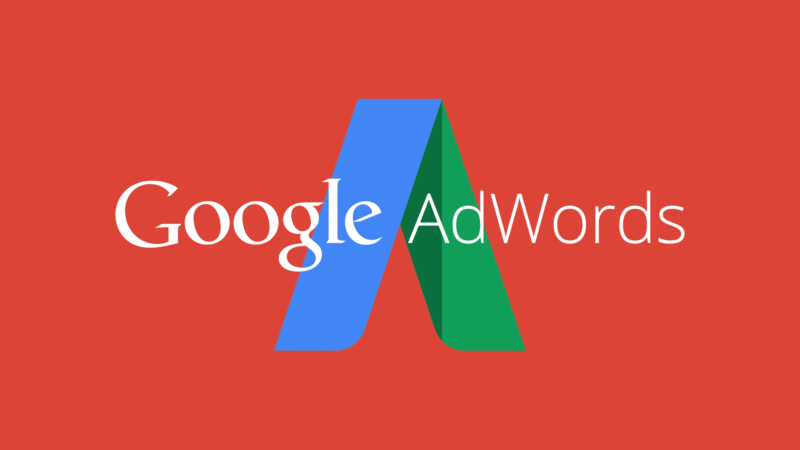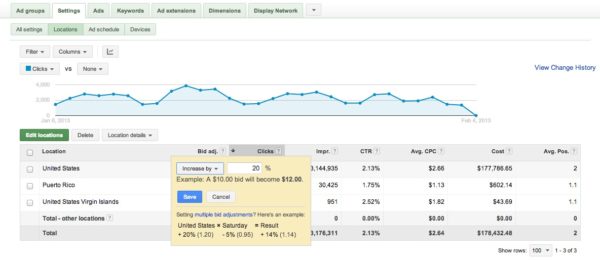The Big AdWords Update: Enhanced Campaigns Puts The Focus On Mobile
“If we were going to build AdWords today, what would it look like?” That’s the question Google’s Nick Fox, VP of Product Management, and his team began asking last year. The result is AdWords enhanced campaigns, a major update announced today that is designed to simplify campaign management across multiple devices, and to increase adoption […]
“If we were going to build AdWords today, what would it look like?” That’s the question Google’s Nick Fox, VP of Product Management, and his team began asking last year. The result is AdWords enhanced campaigns, a major update announced today that is designed to simplify campaign management across multiple devices, and to increase adoption rates of mobile advertising among small and medium sized businesses.
PPC managers have become accustomed to the time-consuming workarounds needed to target ads by device type and location by cloning campaigns and managing granular settings and bid strategies.
With enhanced campaigns, managers will set different bids and show different ads based on a user’s device type, location and time of day, all within one campaign.
Here is an example from the Adwords blog:
A breakfast cafe wants to reach people nearby searching for [coffee] or [breakfast] on a smartphone. Using bid adjustments, with three simple entries, they can bid 25% higher for people
searching a half-mile away, 20% lower for searches after 11am, and 50% higher for searches on smartphones. These bid adjustments can apply to all ads and all keywords in one single campaign.
These screenshots show the location bid adjustment and then the pop up where you can modify the bids:
Increasing Mobile Adoption
The main focus of enhanced campaigns is on increasing mobile advertising adoption and Google’s market share in this growing space. The streamlining of campaign management tasks would appear to put Google in a position to accomplish this goal.
“Not only was the setup and maintenance process complex, but conversion tracking was much more challenging, and the reporting costs were being offloaded onto the advertiser. All of these factors acted as disincentives and barriers to seeing ROI,” says Larry Kim, Founder & CTO of WordStream, which works with about 1,000 SMB advertisers.
Kim says he was seeing roughly 4-5% of small business advertisers adopt mobile advertising best practices because of the complexity involved. “With Enhanced Campaigns, Google is making it much simpler and more attractive for even small businesses to realize ROI from mobile advertising.”
Google is highlighting three key features of enhanced campaigns:
- Simplified budget allocations: Manage bids across location, time of day, device type and more from a single campaign.A
- Customized ad delivery based on where, when and how a user is searching: Show ads across devices with the right ad text, sitelink, app or extension, without having to edit each campaign for every possible combination of devices, location and time of day.
- New conversion types for more comprehensive reporting: Track multiple types of conversion including app downloads and calls from smartphones. (A Google spokesperson also mentioned eventually being able to track offline conversions like store visits, which is interesting.)
The Caveats
What’s the catch? With simplification comes loss of control and transparency. Default bids will be set at the desktop/tablet level. Google says its data shows that search behavior on tablets is very similar to computers, and ads on tablets perform comparably to ads on desktops and laptops.
Thus, tablets and desktops will be grouped together, rather than treated as separate devices as they have been. Advertisers who have gained efficiencies from targeting tablets separately from desktops will now be forced to pay desktop CPCs, and that transparency around tablet performance will disappear.
In addition, advertisers will set a baseline bid that applies to both desktop and tablet, and then set the mobile bid as a multiplier of the desktop/tablet bid. There is little guidance at this point on how advertisers are to determine what that multiplier should be.
When asked whether advertisers could opt out of mobile or set mobile bids lower than desktop, a Google spokesperson replied:
If someone doesn’t want to run on mobile, then they can decrease their mobile bid adjustment by -100%, which will effectively mean their ads don’t show up on mobile. So yes, all the bid adjustments can go up or down. If they value mobile more than desktop/tablet then they can set a lower base bid and then crank up the mobile bid adjustment by +300%.
The spokesperson also clarified that advertisers can set mobile bids at -30%, for example, if they want to emphasize desktop — and if they know mobile CPCs have been historically lower. Interestingly, even as Google puts the focus on mobile, desktop is now a built-in foundation to AdWords — there is no way to have a mobile-only campaign.
Targeting at the operating system level will no longer be available. A Google spokesperson clarified, “One exception to this is click-to-download ads where an advertiser would only want to show an app download ad on a device that could actually download the app (obviously). The advertiser would tell us which app they want to promote and then we’ll make sure to only show it on the devices that can download it.” Again, the advertiser loses control of the targeting and has to rely on/trust Google to do it for them.
The Rollout
A handful of advertisers have had hands-on access to enhanced campaigns for a couple of weeks. Over the past week, Google reps have been reaching out to another set of advertisers to get feedback (which seems only to have stoked anxiety). Enhanced campaigns will roll out to advertisers as an option over the next few weeks. Google plans to upgrade all campaigns in June of this year.
This is one of the biggest changes to AdWords since it launched. Will SMBs be convinced by the new simplicity to adopt mobile advertising strategies? Will current AdWords advertisers like the the new simplicity enough to accept the loss of control and transparency?
Contributing authors are invited to create content for Search Engine Land and are chosen for their expertise and contribution to the search community. Our contributors work under the oversight of the editorial staff and contributions are checked for quality and relevance to our readers. The opinions they express are their own.
Related stories
New on Search Engine Land

